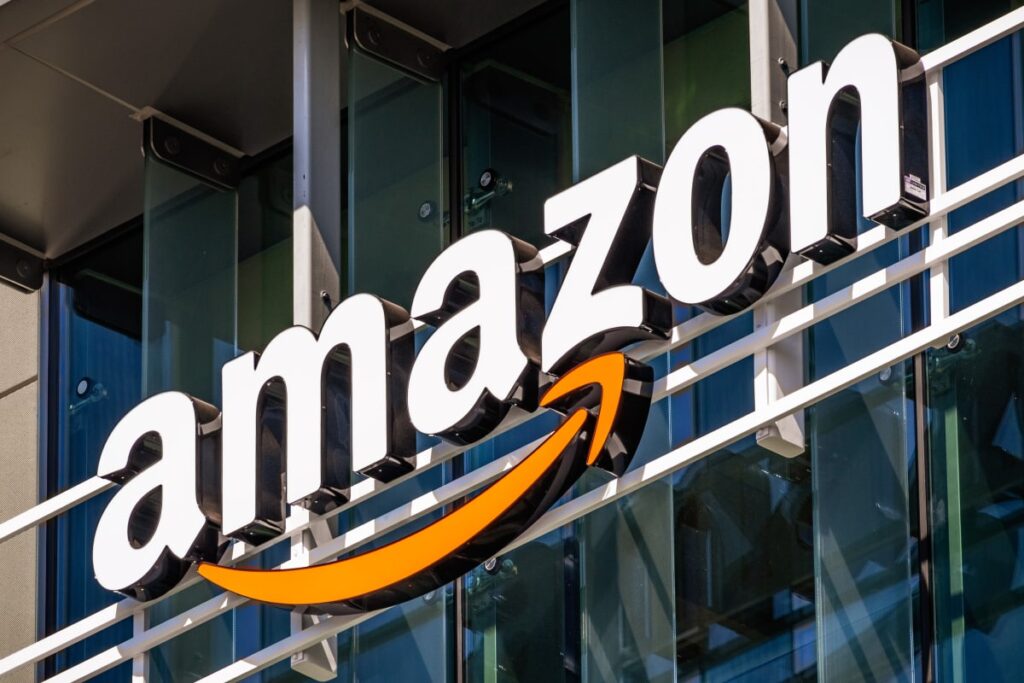With the exponential growth of e-commerce, starting an Amazon store has become an attractive business opportunity for many entrepreneurs. Amazon’s global reach allows sellers to tap into vast markets, including the lucrative U.S. market, right from India. This article provides a step-by-step guide on how to start an Amazon store in India, along with suggestions for best-selling products to consider.
Why Start an Amazon Store?
- Global Reach: Amazon’s platform gives access to millions of customers worldwide.
- Low Startup Costs: Starting an Amazon store requires minimal upfront investment compared to traditional retail businesses.
- Ease of Use: Amazon provides a user-friendly interface and comprehensive support for sellers.
- Trust and Credibility: Amazon’s established reputation helps build trust with customers.
Steps to Start an Amazon Store in India
- Research and Plan
- Market Research: Conduct thorough market research to identify profitable niches and understand customer demand.
- Business Plan: Develop a business plan outlining your goals, target market, product sourcing strategies, and marketing plan.
- Set Up Your Amazon Seller Account
- Register as a Seller: Visit the Amazon Seller Central website and register as an individual or a professional seller. Professional sellers have access to more features and can sell in higher volumes.
- Choose Your Marketplace: Decide which Amazon marketplace you want to sell on (e.g., Amazon.com for the U.S. market).
- Provide Required Information: Complete the registration process by providing the necessary information, including your business details, tax information, and bank account details.
- Source Your Products
- Manufacturers and Wholesalers: Source products from manufacturers or wholesalers in India. Alibaba, IndiaMART, and TradeIndia are good platforms to find suppliers.
- Private Labeling: Consider private labeling, where you brand products manufactured by a third party. This allows for better control over your brand and pricing.
- Quality Control: Ensure the products meet quality standards to avoid customer complaints and returns.
- List Your Products on Amazon
- Product Listings: Create detailed and accurate product listings. Include high-quality images, clear descriptions, and relevant keywords to improve search visibility.
- Pricing: Set competitive prices by researching similar products on Amazon. Consider Amazon’s fees and shipping costs when pricing your products.
- Inventory Management: Keep track of your inventory to avoid stockouts or overstocking.
- Fulfillment Options
- Fulfillment by Amazon (FBA): Amazon handles the storage, packaging, and shipping of your products. FBA can improve your chances of winning the Buy Box and offers Prime eligibility.
- Fulfillment by Merchant (FBM): You handle storage, packaging, and shipping. This option gives you more control but requires efficient logistics management.
- Marketing and Promotion
- Amazon Advertising: Use Amazon’s advertising services to promote your products. Sponsored Products, Sponsored Brands, and Sponsored Display ads can help increase visibility and sales.
- Social Media Marketing: Promote your Amazon store through social media platforms like Facebook, Instagram, and Twitter.
- SEO and Keywords: Optimize your product listings with relevant keywords to improve organic search rankings on Amazon.
Best-Selling Products to Consider
- Electronics and Accessories
- Smartphones and Accessories: Cases, chargers, and screen protectors are consistently in demand.
- Wearable Technology: Fitness trackers and smartwatches have a growing market.
- Home Gadgets: Smart home devices like security cameras, smart plugs, and voice assistants.
- Health and Wellness
- Nutritional Supplements: Vitamins, minerals, and dietary supplements.
- Fitness Equipment: Yoga mats, resistance bands, and dumbbells.
- Personal Care: Skincare products, grooming kits, and organic beauty products.
- Home and Kitchen
- Kitchen Appliances: Air fryers, blenders, and coffee makers.
- Home Decor: Decorative items, lighting, and furniture.
- Storage Solutions: Organizers, shelves, and storage boxes.
- Fashion and Apparel
- Clothing: Trendy apparel for men, women, and children.
- Accessories: Handbags, belts, and scarves.
- Footwear: Casual shoes, sports shoes, and formal footwear.
- Books and Educational Materials
- Children’s Books: Educational and interactive books for kids.
- Self-Help and Wellness: Books on personal development and health.
- Academic Resources: Textbooks and study guides.
- Toys and Games
- Educational Toys: STEM toys, puzzles, and learning kits.
- Board Games: Classic and modern board games for all ages.
- Outdoor Toys: Bicycles, scooters, and sports equipment.
Starting an Amazon store in India offers a fantastic opportunity to tap into a global market with minimal investment. By following the steps outlined above and choosing the right products, you can build a successful e-commerce business. Focus on providing high-quality products, excellent customer service, and effective marketing strategies to stand out in the competitive Amazon marketplace. With dedication and strategic planning, your Amazon store can thrive and grow, bringing your entrepreneurial dreams to fruition.


